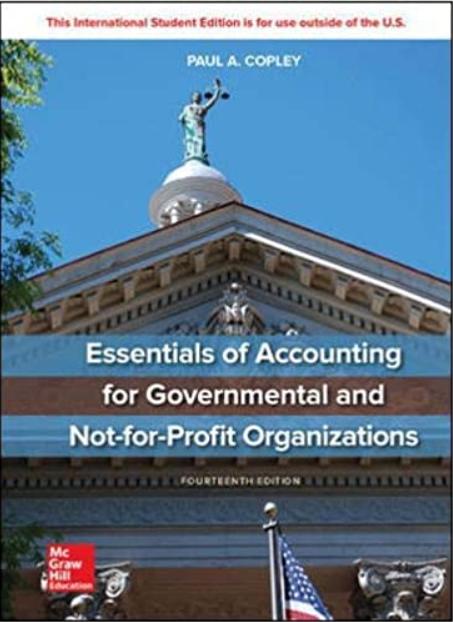Question
PART 2: UNDERSTANDING THE INTERNAL CONTROL STRUCTURE AND ASSESSING CONTROL RISK SJ Corner's customers are wholesalers and retailers who make an order by using the
PART 2: UNDERSTANDING THE INTERNAL CONTROL STRUCTURE AND ASSESSING CONTROL RISK
SJ Corner's customers are wholesalers and retailers who make an order by using the following means:
For retailers:
1.Customers visit SJ Corner's website to select the products they require. The website ordering system accesses the inventory master file to obtain the details and availability of products. Each product is in a box of 24 items. When the customer chooses a product, order information including price, item description and quantity (number of boxes, maximum 15 boxes per order) required are displayed on the customer's computer screen, together with discount offer if the customer chooses other products which are under promotion. Once the customer clicks "confirm", the order information is stored in the 'orders pending' file.
2.Online authorisation of credit card details is obtained from the customer's credit card company automatically by SJ Corner's online selling systems. Following the payments, the sale amount is transferred to the company's sales system. At the end of each day the total from the sales ledger is transferred to the general ledger.
3.Then, order details are transferred to a 'goods awaiting despatch' file and allocated a unique order reference code which can be accessed by warehouse and shipping clerks. The warehouse clerk, Tom Wilson, accesses the system using a tablet (e.g. iPad or windows surface) in view- only mode to view the order information. Tom then picks up the goods, updates the inventory system and print out two copies of a packing slip. One is accompanied the goods to be placed in a room called "customers to pick up" or transferred to shipping department.
4.The other copy of packing slip is put on a tray in the accounting department for reconciling with the general ledger. Due to high volume of orders, the reconciliation is usually performed once a week by the accounting clerk, Sarah Dodd who reports to Lauren Brown.
5.In the shipping department, the shipping clerk, Barry Sadler, entered the unique order reference code into the system and change the order status to "shipped", then placed on a delivery van to ship to customers. On delivery, the customer signs for the goods on the handheld computer. The images of the customer signature are automatically uploaded to the orders file which is then flagged as 'order complete'. For international orders, Sam Green, shipping manager, entered the unique order reference code into the system as the order was picked up by SMART Global Logistics for delivery. Fortnightly, SMART Global Logistics sent a report of delivered orders to Sam who then updated the orders file as 'order complete'.
Part 3
1.Revenue is always a material account. The previous auditor commented that there is a high risk that SJ Corner' sales may include inventory that has not been delivered.
Required: (10 marks)
Refer to the part 2: "Understanding the internal control structure and assessing control risk" in the mini audit part A, design substantive procedures to test the following assertions of the revenue account: Occurrence, accuracy, and cut off.
2.One of the customers has an overdue balance of $615,000 according to SJ Corner's Aged Accounts Receivable Listing and this amount is material. The customer has not made a payment since January 2020. You are unable to locate the sales invoices associated with the balance. You have asked the management to provide the invoices, but their response is that certain sales transactions are highly confidential. Sophie later disclosed that these transactions were not related to the cleaning products but some special chemicals that the customer wanted to purchase.SJ Corner would be breaching their confidence if they provided to you. They will provide you with a certificate signed by the CEO that the amount is a bona fide debt owed to the company that will be paid in due course.
Required: (5 marks)
i.Based on the information above, explain the potential impact on the 2020 financial statements
ii.Discuss alternative audit procedures and evidence you would require if management cannot provide sales invoices.
Step by Step Solution
There are 3 Steps involved in it
Step: 1

Get Instant Access to Expert-Tailored Solutions
See step-by-step solutions with expert insights and AI powered tools for academic success
Step: 2

Step: 3

Ace Your Homework with AI
Get the answers you need in no time with our AI-driven, step-by-step assistance
Get Started


